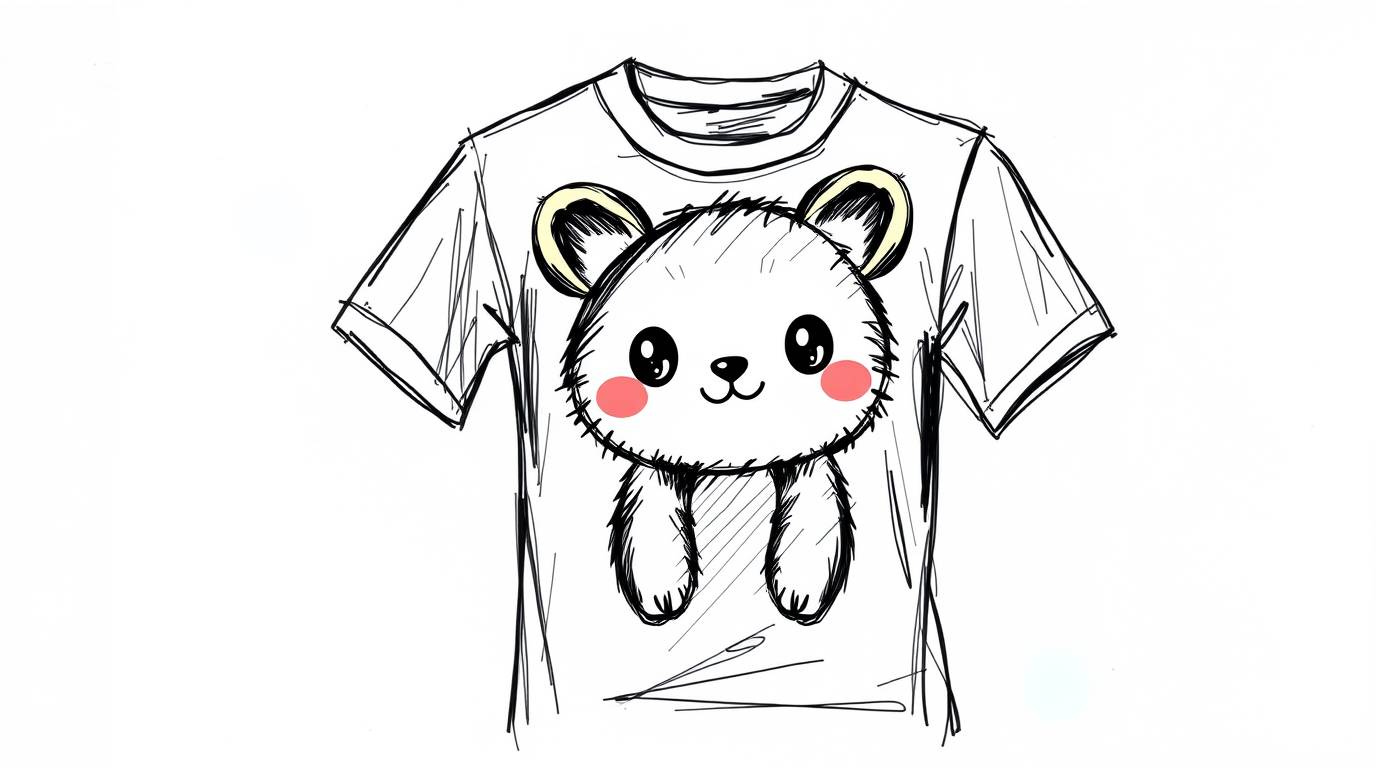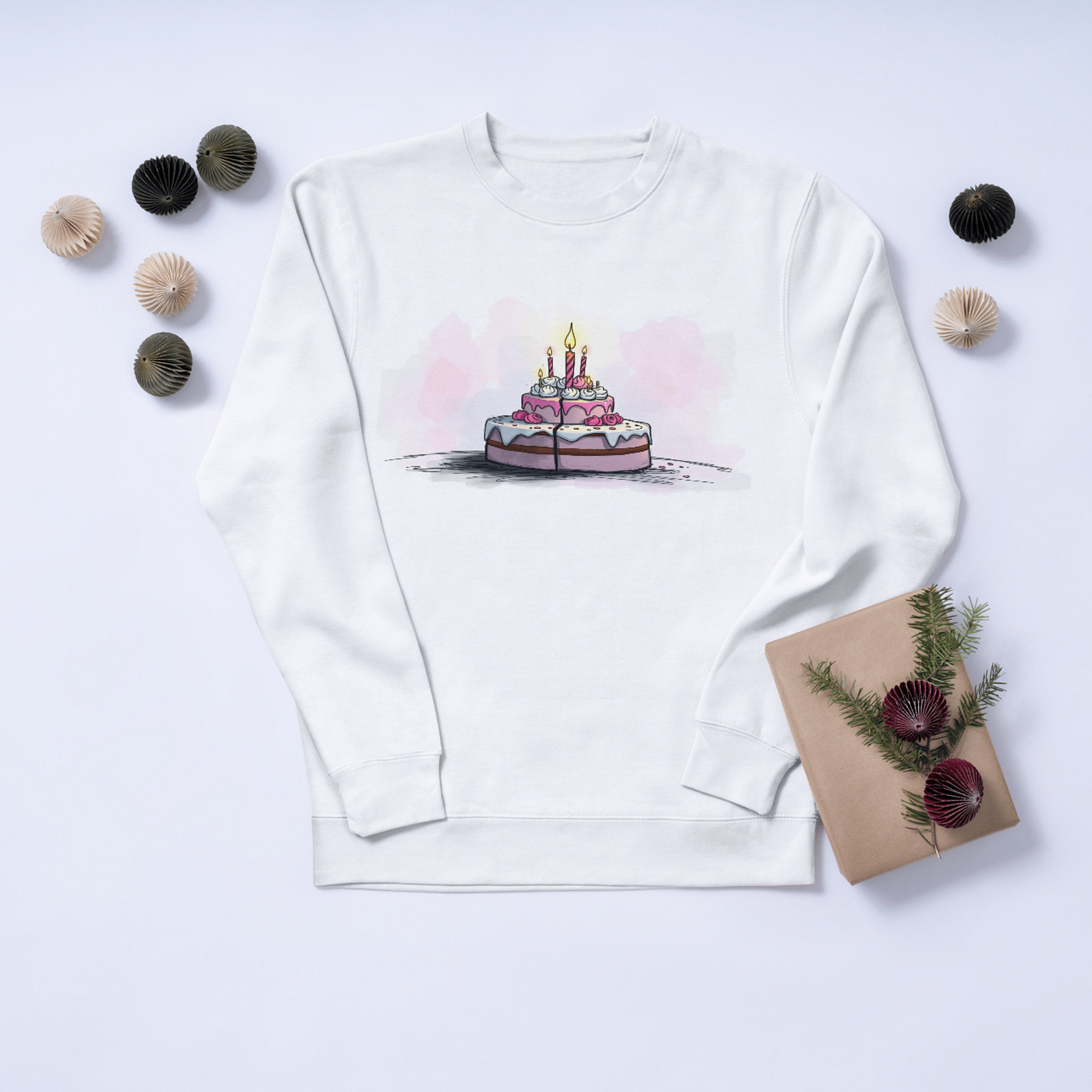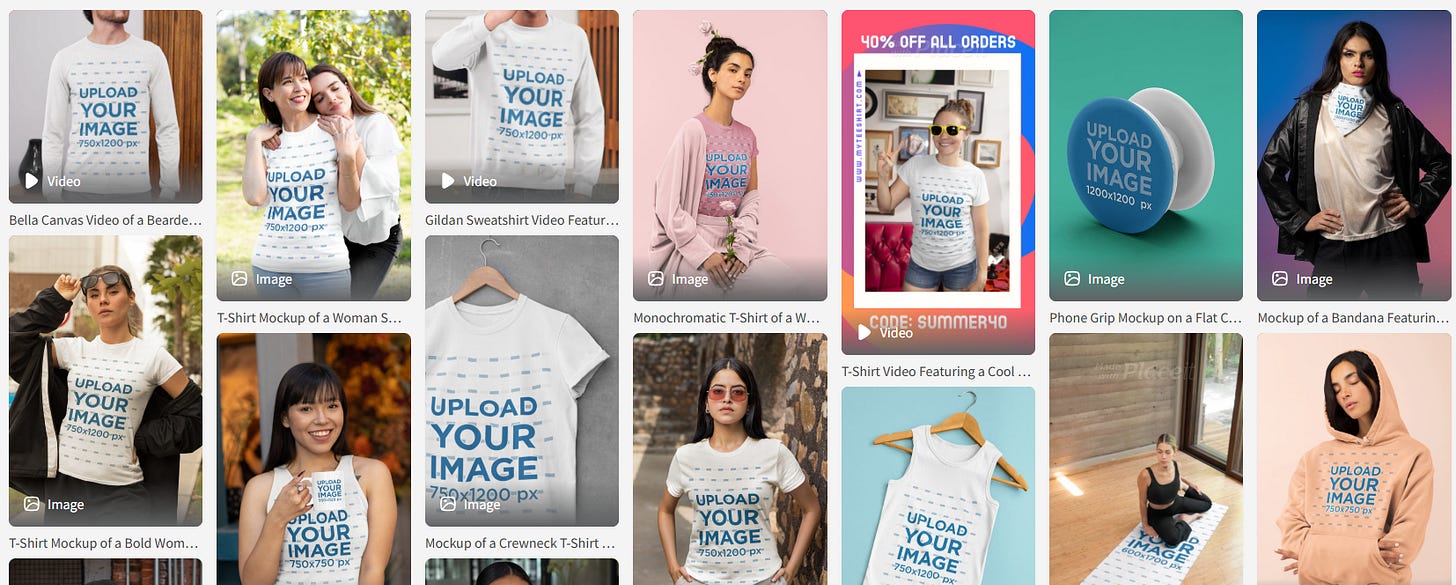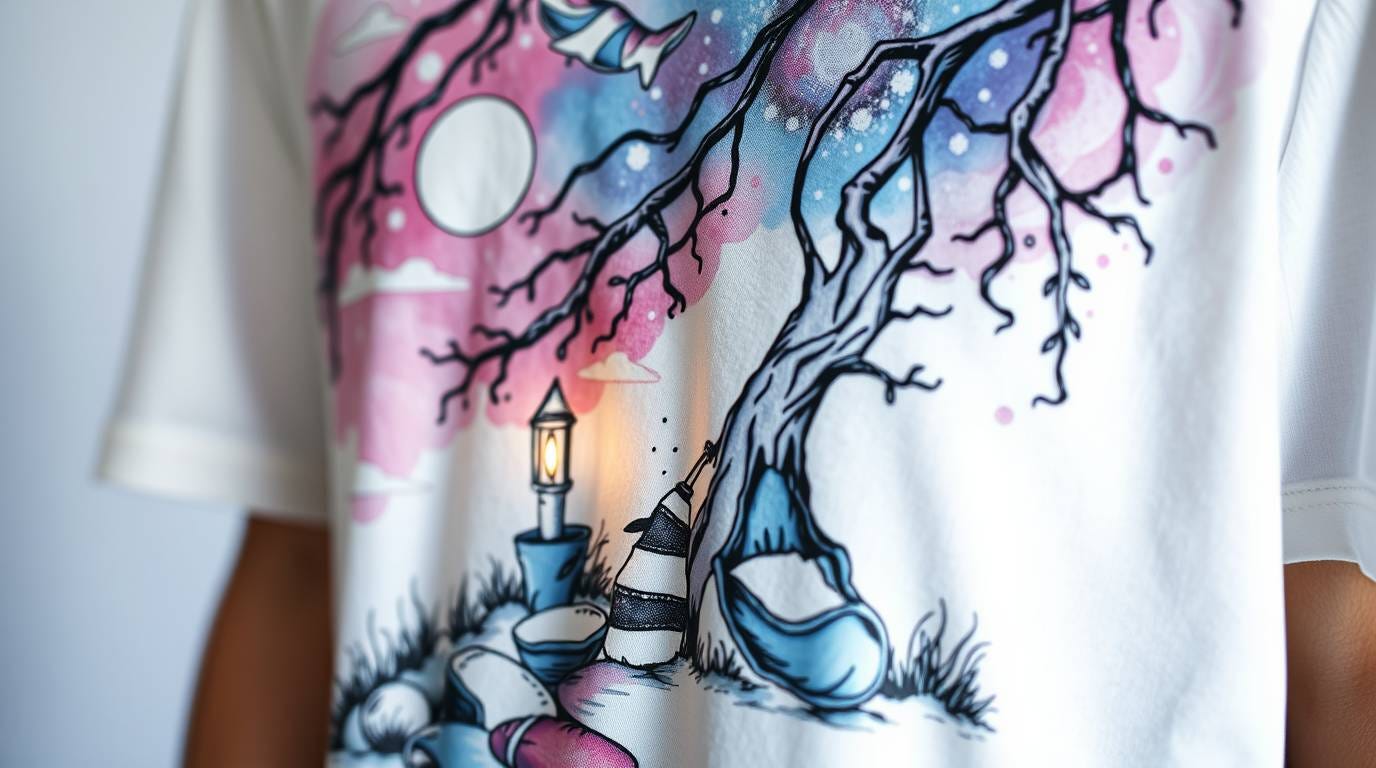I Used to Upload My Designs Without Mockups
I used to think mockups were a waste of time.
There, I said it.
When I was just getting started with graphic design, I believed the work should speak for itself.
“If the design is good, it doesn’t need dressing up,” I told myself while exporting yet another flat PNG, uploading it straight to social media, and hoping (praying) someone would notice it.
They didn’t.
And that’s when I realized something was off.
It took me weeks of low engagement and the occasional awkward “What is this for?” message in my DMs before I finally asked myself the question I’d been avoiding:
“Am I making it easy for people to see how my designs would actually be used?”
That one question changed everything.
The Problem With “Naked” Designs
You know what flat files don’t do well?
Tell a story.
They don’t show context. They don’t spark imagination.
And they don’t help someone feel what the design could look like out in the world — on a t-shirt, a billboard, a coffee cup, a book cover.
And people don’t buy designs. They buy emotions.
When you show a design by itself, you’re asking the viewer to do all the work. They have to imagine how it looks printed, worn, and displayed.
And most people just won’t.
That’s not laziness. That’s reality.
So I started using mockups.
And not just any mockups. I went all in on Canva and PlaceIt.
Canva + PlaceIt: My Mockup Dream Team
“Why use both? Isn’t one enough?”
Great question.
Here’s what I believe…
I use Canva for speed and flexibility. It’s perfect when I need to whip up a clean, branded social post featuring a mockup.
Canva lets me overlay text, logos, or other assets in a way that feels polished but effortless. It’s like my visual Swiss army knife.
PlaceIt, on the other hand, is where all the important things are.
Their library of mockups is insanely deep. You want a hoodie mockup shot in a skatepark?
Done.
A MacBook mockup on a café table in Berlin? Easy. A paperback book mockup on a cozy couch next to a cat? Weirdly specific, but yes — they have it.
PlaceIt brings my designs to life in real-world settings I could never shoot myself. And that’s the point.
A good mockup removes friction. It answers unspoken questions. It makes people say, “Oh wow, I want that.”
That’s when your design stops being “nice” and starts being needed.
What Happened When I Started Using Mockups
I’ll be honest.
At first, I thought it would just “look better.” I didn’t expect it to change the way people responded to my work.
But it did.
This is what I noticed:
More engagement: My posts got more likes, shares, and saves. People actually commented things like “Where can I buy this?” or “This would be perfect for my friend.”
More clarity: I stopped getting confused questions about what the design was for. The mockup did the explaining for me.
More confidence: This surprised me. When I saw my work in a polished mockup, it just felt real. I started pitching clients with mockups in my proposals, and I landed more gigs.
I went from feeling like I was shouting into the void to actually connecting with people. Mockups turned my portfolio into a storybook.
And if you’ve ever struggled to get your designs noticed? You know how huge that shift is.
But Isn’t It Just An Extra Step?
Here’s the counterpoint I hear all the time:
“Isn’t using mockups just about making stuff look fancy? It’s not real design work.”
You know what else is “just fancy”? Packaging.
Mockups aren’t fancy or overcomplicated. They’re packaging. They’re presentation.
And in a world where attention spans are shorter than ever, presentation matters more than ever.
Even if you're the best designer in the world, if you present your work flat and lifeless, you're doing it a disservice.
Why Is This So Important for You
Look, I’m not saying mockups will fix everything. If your design isn’t clear, or your colors clash like a bad 90s boy band, no amount of mockups can save you.
But if you’re already putting in the work — if you care about your craft — then mockups are the amplifier you’ve been missing.
And here’s the kicker:
It doesn’t take much.
With PlaceIt, you upload your design, choose a template, and it’s done. Canva’s drag-and-drop tools are intuitive, and their smart mockups feature just keeps getting better.
Five extra minutes could be the difference between a scroll and a share.
I don’t use mockups because it’s trendy. I use them because they turn static pixels into emotion. They take your design out of the digital void and plant it in someone’s life.
That’s the secret.
So, is creating mockups worth the effort?
Absolutely. Every time.
In fact, I’d argue: you can’t afford not to.
The next time you finish a design and feel tempted to just “post it as-is,” ask yourself:
How will they know what it’s for?
How will they feel drawn to it?
How will they see themselves in it?
And then go and open up Canva. Or PlaceIt. Or both.
Disclaimer: Within the article, you will find affiliate links. If you decide to purchase through these links, I want to sincerely assure you that I will receive a commission at no extra cost to you







